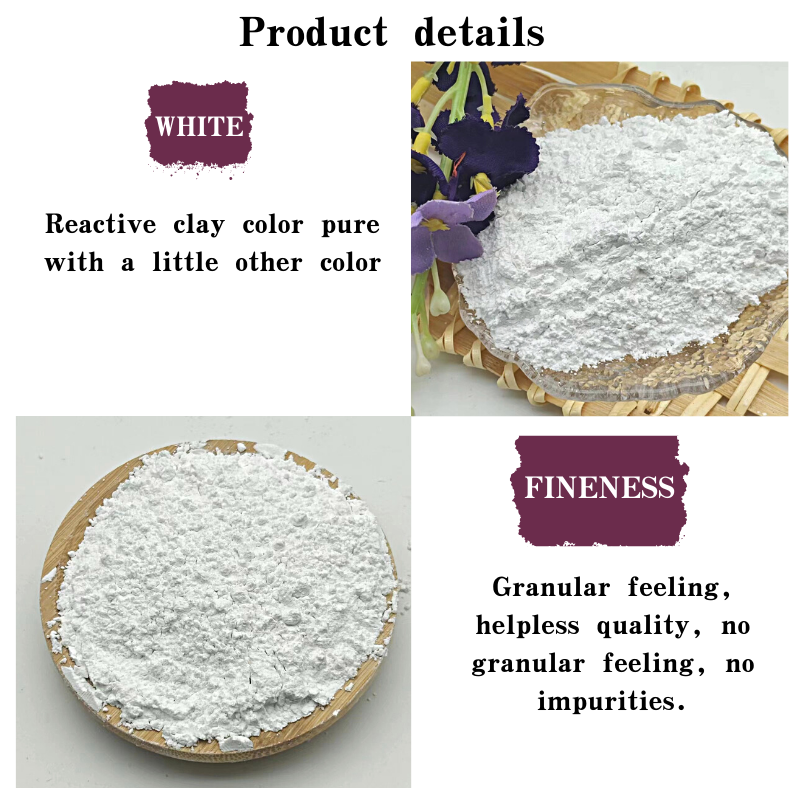
zeolite x13
Understanding Zeolite X13 Properties, Applications, and Benefits
Zeolite X13 belongs to a class of absorbent materials known as zeolites, which are used extensively in various industrial applications due to their unique properties. Zeolites are microporous, crystalline aluminosilicates that have a three-dimensional framework structure, enabling them to selectively absorb and exchange cations. Among the various types of zeolites, Zeolite X13 is particularly notable for its high surface area, ion-exchange capacity, and thermal stability.
Properties of Zeolite X13
Zeolite X13 exhibits a unique structure characterized by large cavities and channels that are uniformly sized, allowing for the effective adsorption of specific molecules. The typical framework structure comprises silicon (Si) and aluminum (Al) tetrahedra, with oxygen atoms bridging between them. The ion-exchange properties of Zeolite X13 make it an excellent candidate for removing cations such as sodium, calcium, and magnesium from aqueous solutions.
One of the most remarkable properties of Zeolite X13 is its ability to operate effectively in a wide range of temperatures and pH levels. This stability allows it to be utilized in harsh industrial conditions where other materials may fail. Furthermore, the high cation-exchange capacity attributed to its well-defined pore structure means that Zeolite X13 can effectively capture and hold onto ions, making it a valuable resource in various chemical processes.
Applications of Zeolite X13
Due to its advantageous characteristics, Zeolite X13 has found numerous applications across several industries. One of the primary uses is in water treatment. The material is effective in removing heavy metals and organic pollutants from wastewater through ion exchange and adsorption processes. Its ability to remove contaminants enhances water quality and makes it safer for consumption and environmental release.
zeolite x13

In the agricultural sector, Zeolite X13 is often used as a soil amendment. It improves soil quality by retaining moisture and nutrients, thereby enhancing plant growth. The slow-release of nutrients due to its porous structure ensures that plants receive adequate nourishment over time, making it an eco-friendly option for sustainable agriculture.
Zeolite X13 is also employed in the field of catalysis. Its porous structure allows it to serve as a catalyst support, enhancing the efficiency of chemical reactions. It is used in catalytic converters to reduce harmful emissions from vehicles and in various chemical manufacturing processes where selective adsorption and reaction are required.
In the realm of industrial processes, Zeolite X13 plays a vital role as a molecular sieve. Its ability to separate molecules based on size and polarity makes it ideal for gas separation, dehydration, and drying applications. Industries such as petrochemicals and natural gas processing benefit from its efficiency in purifying products and optimizing reaction conditions.
Benefits of Using Zeolite X13
The use of Zeolite X13 presents numerous benefits. Its environmentally friendly nature makes it a preferred choice for sustainable practices in waste reduction and resource management. The regeneration capability of Zeolite X13 allows it to be reused multiple times, minimizing waste and reducing operational costs.
Additionally, the high surface area and excellent porosity of Zeolite X13 contribute to its efficiency in various applications, leading to improved economic outcomes for industries that utilize this versatile material.
In conclusion, Zeolite X13 represents a critical material in modern industry due to its remarkable properties and diverse applications. From water treatment and agriculture to catalysis and gas separation, its versatility is undeniable. As industries continue to strive for greener and more efficient processes, the role of Zeolite X13 is likely to expand, making it an invaluable asset in the quest for sustainability and innovation.
Share
-
Premium Pigment Supplier Custom Solutions & Bulk OrdersNewsMay.30,2025
-
Top China Slag Fly Ash Manufacturer OEM Factory SolutionsNewsMay.30,2025
-
Natural Lava Rock & Pumice for Landscaping Durable Volcanic SolutionsNewsMay.30,2025
-
Custom Micro Silica Fume Powder Manufacturers High-Purity SolutionsNewsMay.29,2025
-
Custom Mica Powder Pigment Manufacturers Vibrant Colors & Bulk OrdersNewsMay.29,2025
-
Custom Micro Silica Fume Powder Manufacturers Premium QualityNewsMay.29,2025






